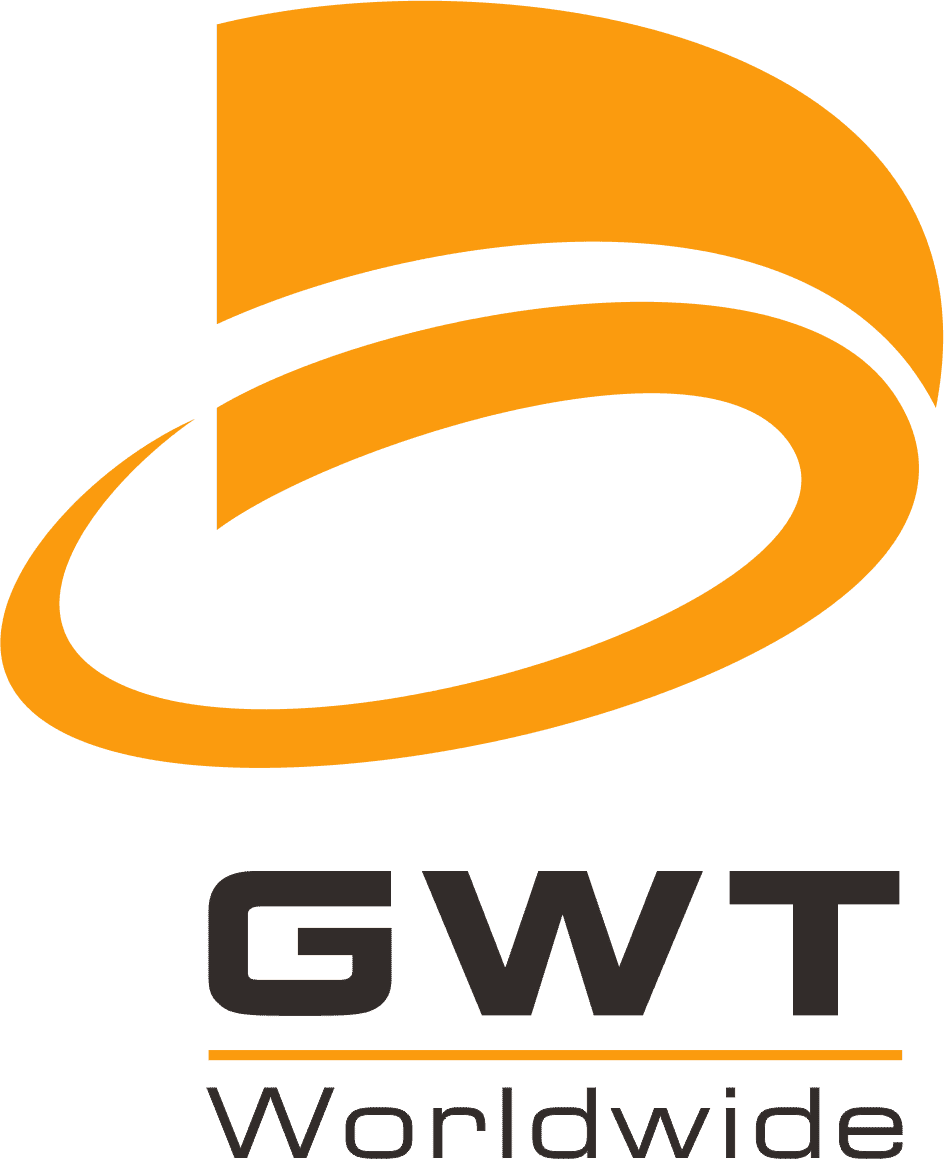Establishing toy imports from a chinese supplier requires businesses to deal with strict regulatory requirements to meet U.S. safety regulations, including ensuring toy safety . streamlines the import process and oy importing procedures to help businesses execute successful imports that comply with regulatory standards. The Consumer Product Safety Improvement Act (CPSIA) compliance along with obtaining necessary certifications is where a reliable freight forwarder helps clients with complete expert assistance.
The crucial value of employing reliable freight forwarders becomes essential for businesses to properly handle toy import regulations that prove complex. Freight forwarders help businesses meet Consumer Product Safety Improvement Act requirements through ensuring that imported toys comply with U.S. safety regulations regarding lead content circumference and phthalates and hazardous material thresholds. Businesses using freight forwarders to obtain Children’s Product Certificate (CPC) permissions alongside guarantees their products comply with U.S. regulations before shipment. The smooth clearance process at customs along with reduced risk of penalties or costs occurs because compliance with standards is accomplished.
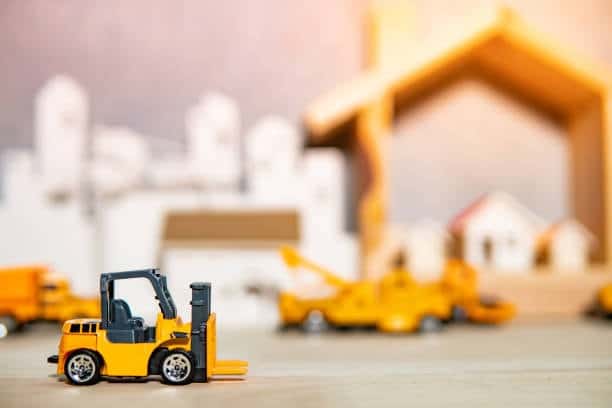
Freight forwarders help businesses tackle the whole import logistics process and provide crucial assistance across the import operations. Entrepreneurial companies provide documentation management platform along with transportation coordination to businesses for reducing administrative strain. The freight forwarders possess specialized knowledge about international delivery systems and customs charges which makes them efficient in both cost reduction and regulatory compliance for businesses. A freight forwarder enables enterprises to handle import management efficiently for toys by fulfilling regulatory needs which results in maintaining product quality and safety standards.
The Essential Role of Freight Forwarders in Ensuring Toy Import Compliance and Logistics Efficiency
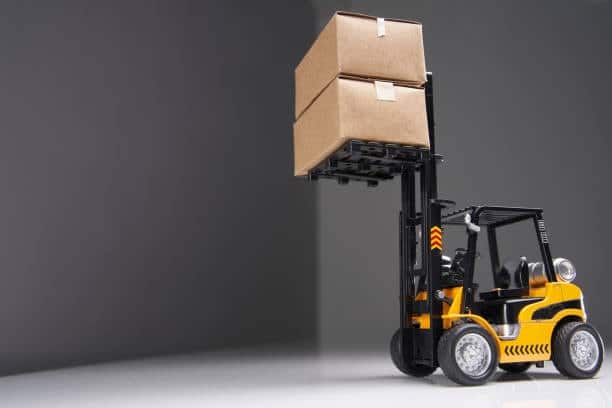
Freight forwarders at present combine two essential functions by assuring toy imports’ regulatory compliance and delivery logistics while ensuring time-sensitive shipment at optimal budget levels. The selection of optimal transportation pathways alongside delivery methods becomes possible due to their expertise at freight forwarders. They examine three transportation choices between air travel sea shipping and land transportation to meet delivery requirements. The strategic decision results in lower shipping costs without causing added delays thus toys reach their destination at the right time. The deep knowledge of global shipping operations that freight forwarders possess helps businesses maintain constant flow of goods and guarantee their toys fulfill safety requirements and delivery standards.
Businesses receive important help through freight forwarding services which explain the import taxes and costs related to toy shipments to prepare them for additional expenses. The freight forwarders use their knowledge of trade regulations plus market requirements to help businesses detect potential challenges so they can prepare for obstacles. Companies using freight forwarders for their logistics and regulatory work can maintain focus on marketing and sales activities without jeopardizing safety and quality compliance standards of imported toys. The work between partners during import operations creates an efficient process which decreases risks and maximizes toy import efficiency.
Key Takeaways
- The necessity to meet U.S. requirements demands that all imported toys must pass the rigorous safety demands of the CPSIA.
- All toys need to pass safety tests that can only be conducted by laboratories approved by CPSC.
- All toy imports need to have a Children’s Product Certificate (CPC) for their certification process.
- All toys need to carry tracking labels and permanent manufacturer labels and safety alert messages.
- The USEPA regulates electronic toys through rules from the FCC and FDA.
- To clear customs and make import shipments customers need to have a bond that exceeds $2,500 values and multiple shipping choices exist.
Understanding Importing Toys Regulations
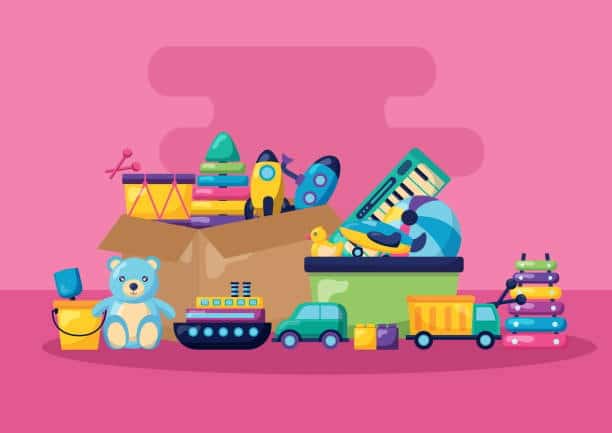
Stricter safety regulations regarding different toys exist under supervision from the Consumer Product Safety Commission to defend children from threatening materials and choking hazards . Under the CPSIA all children’s toys must adhere to the safety standards extensive knowledge outlined in Section 106 regarding essential children’s product requirements to ensure these toys comply .
The Consumer Product Safety Commission (CPSC) maintains strict enforcement of regulations to shield children against dangerous materials and choking dangers and various possible risks. The Consumer Product Safety Improvement Act (CPSIA) through Section 106 mandates complete safety standards for all children’s toys while specifying the necessary product requirements for children’s products. The safety standards consist of toxic substance restrictions that include lead and phthalates alongside requirements to prevent small parts from easily detaching for choking prevention. Manufacturers alongside importers must guarantee their products follow all specified regulations by conducting testing and granting certifications and placing correct product labels to maintain child safety.
Categories of Toys Regulated Under CPSIA
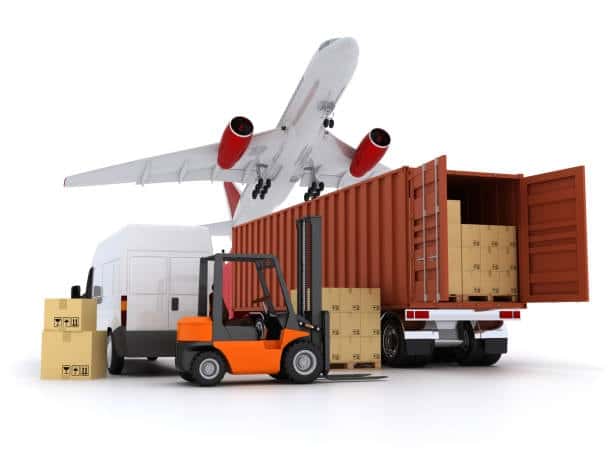
The Consumer Product Safety Improvement Act of CPSIA covers the following toys and children’s products:
- Baby products
- Dolls and plush toys
- Educational and plastic toys
- Toy vehicles
- Children’s jewelry and accessories
- Wooden and classic toys
Before distributing products to the market you need to confirm they fulfill all American safety import process requirements as an importer to import toys .
Essential Compliance and Testing Requirements
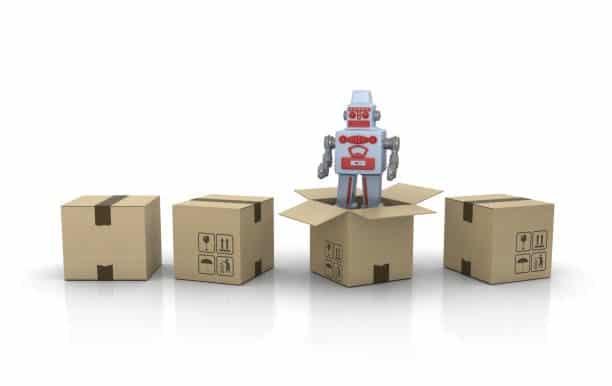
The United States government requires toy products including those from China must satisfy four main safety and quality requirements for importation. All toys need to fulfill requirements under the Consumer Product Safety Improvement Act (CPSIA) by getting proper examination for lead content and phthalates. Manufacturers need to acquire Children’s Product Certificates to demonstrate their products align with U.S. safety requirements. The required testing should be performed by independent laboratories which hold accreditation to guarantee compliance with safety and labeling requirements. All toys require appropriate labeling which consists of age recommendations and hazard warning notices to deliver clear information to consumers.
1. Adherence to Product Safety Standards
All toys must meet both ASTM F963 safety standards and Mechanical and Chemical safety requirements of CPSIA, ensuring their safety features. Every toy requires compliance with ASTM F963 alongside CPSIA safety standards because it contains detailed specifications for mechanical, physical and electrical toy safety hazards. Standards under the ASTM F963 program aim to stop various toy-related injuries by identifying harmful content and edges together with potential small choking elements. Third-party testing becomes mandatory under the CPSIA for toys which need to demonstrate compliance to ASTM F963 and the chemical substance safety criteria as well as standard toxic limits. The rigorous standards assure manufacturers can deliver safe toys which safeguard children from danger while providing reliable peace of mind to buyers.
2. Third-Party Testing
Before importation, toys require quality control testing that takes place only in laboratories approved by CPSC and may involve a freight forwarder . The product testing laboratories implement sophisticated examination procedures which include:
- Inductively Coupled Plasma (ICP) Spectrometry and X-Ray Fluorescence (XRF) for lead testing.
- GC-MS (Gas Chromatography-Mass Spectrometry) serves as the equipment for phthalate examinations.
The testing process confirms that toys meet safety standards that restrict dangerous substances to ensure quality .
3. Certification Requirements
The Children’s Product Certificate (CPC) provides essential documentation which demonstrates merchandise compliance with safety standards established by CPSIA and connected U.S. export regulations. A Children’s Product Certificate requires imported toys to pass tests at accredited third-party laboratories for mechanical safety and chemical safety and labeling compliance standards before approval. The toys receive legal permission to enter the United States through successful completion of required examinations which both assure their safety for child usage and adherence to American regulatory standards.
4. Permanent Tracking Labels
To successfully enter the us market, t he required tracking information must be present on the toy product along with its packaging by including specific tags.
- Manufacturer’s name
- Date and location of production
- Batch or run number
- Safety warnings and compliance statements
ASTM F963 requires specific labeling elements to accompany toys that feature small parts such as action figures due to choking hazard for warning purposes.
ASTM F963 Testing: Ensuring Product Safety
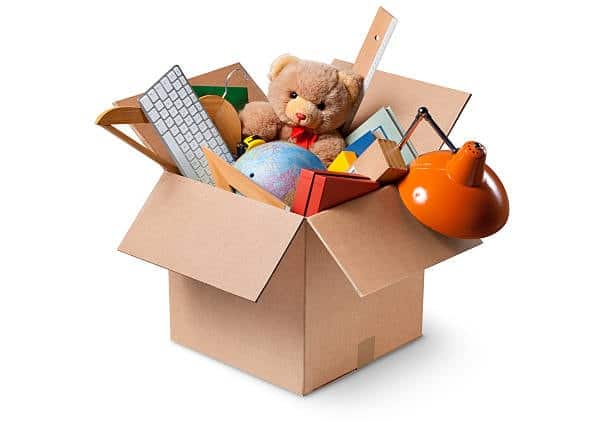
The ASTM F963 establishes complete safety protocols to maintain toy quality during usage by children who are 14 years old or younger. ASTM F963 includes the same product requirements as CPSIA but extends its standards to include toy products meant for children under 14 years.
- Battery-operated toys
- Toys with hinges, fasteners, and projectiles
- Ride-on toys and play equipment
- Magnets and expandable materials
- Plastic film and teething rings
Product recalls and toy exports safety prevention become possible for importers through their compliance with ASTM F963 and assistance from freight forwarders .
Finding Reliable Import Toys Suppliers in China
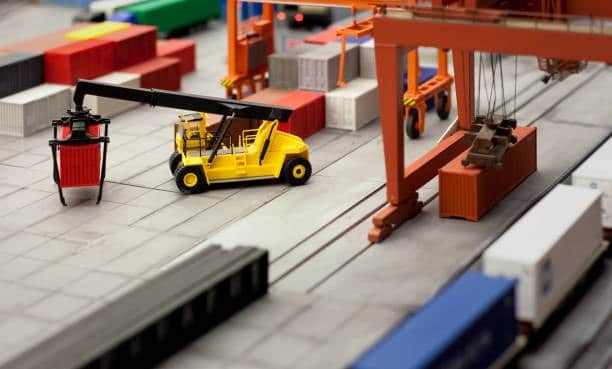
Major Manufacturing Hubs for Toys in China
- Chenghai District in Guangdong Province produces various toys starting from remote control gadgets through dolls and finishing with jigsaw-puzzle toys.
- Yangzhou & Qingdao: Well-known for stuffed toys and dolls.
- Yongjia: Produces outdoor play equipment.
- Yiwu: Focuses on classic toys like yo-yos and balls.
Best Methods for Sourcing Ship Toys
- Manufacturers can be best met at the Canton Fair and Mega Show Hong Kong and Chenghai Toy Fair which take place yearly.
- When using Alibaba’s online wholesale platform users must thoroughly verify supplier quality because this platform offers numerous supply options.
- The company HongOcean provides verified manufacturer connections along with price negotiation services and compliance verification.
Shipping Plush Toys from Chinese Toy Manufacturers
to the U.S.
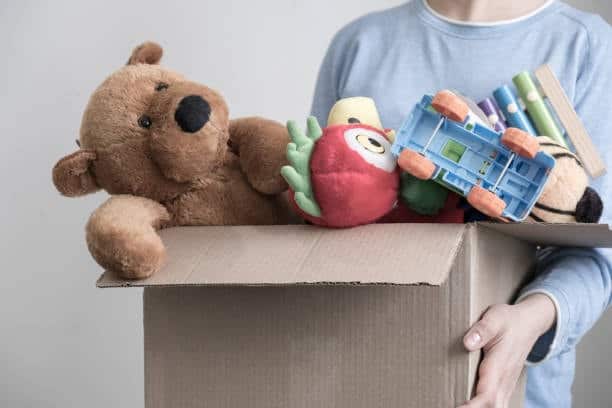
People who import toys need to select proper shipping options to achieve budget-friendly delivery alongside timely shipment arrival. The selection of proper shipping options during toy imports becomes essential because it enables business owners to achieve both economical freight costs and prompt shipping duration. Companies need to evaluate shipment size and weight alongside chosen shipping modes including air, sea and land traffic together with delivery schedule before identifying their carrier partner. Freight forwarders enable importers to find ideal shipping methods which lower total expenses alongside delivering items efficiently. To avoid delays from customs and ensure faster import of toys business owners must collaborate with well-trusted logistics providers and master customs delays.
Shipping Options
- Sea Freight (Most Cost-Effective)
- Full Container Load (FCL) offers the best delivery solution specifically for bulk shipments.
- Less than Container Load (LCL): Ideal for smaller shipments.
- Air Freight (Fastest)
- Air shipping works well with small items that carry higher values yet it has greater expense compared to other options.
Estimated Transit Time
- Sea Freight: between two weeks and two months based on maritime routes along with customs procedures.
- Air Freight: 3-7 days (but costly)
Helps clients acquire cargo insurance through their reliable shipping partner as part of its risk mitigation services for protected shipment delivery.
Importing Electronic Quality Toys
Entities that manufacture electronic educational toys need to meet specific rules for products including both remote-controlled cars and smart toys and walkie-talkies. Electronic educational toys coming from manufacturers need to fulfill rigorous safety and performance standards which validate their safety levels for child use. Student safety products must satisfy all requirements of the Consumer Product Safety Improvement Act by undergoing hazardous substance examinations and electrical safety testing and providing labels for correct age ranges. Products need to adhere to ASTM F963 safety standards especially when they have little parts or electronic components since these items represent potential choking risks.
FCC Regulations for Electronic Toys
The Federal Communications Commission (FCC) needs to certify toys like remote control cars that transmit radio frequencies before importation becomes possible.
Examples include:
- Smart toys with Bluetooth/WiFi connectivity
- Interactive toy robots
- Walkie-talkies and radios
- Remote-controlled cars and drones
FDA Regulations for Radiation-Emitting Toys
The FDA operates as supervisor for electronic toys that generate radiation. Importers must submit:
- The Form FDA 2877 serves as the document for establishing radiation control compliance.
- The Importer uses the Automated Commercial Environment (ACE) administered by CBP for entry documentation processing.
It completes required certifications and approvals at the beginning of the importation procedure.
Importing Licensed Toys
It is mandatory to acquire licensing agreements from trademark owners to import toy safety with trademarked characters, as well as other shipments, at competitive prices such as Barbie, Batman or Minions. Customers need licensing agreements approved by trademark owners to legally import toys with well-known trademarks including Barbie, Batman or Minions. Through licensing agreements the importer receives authorization to use the intellectual property which belongs to these characters for proper production and distribution of toys. Unlicensed toy imports and sales of branded products may produce serious legal sanctions together with impounding your products. Successful acquisition of these licenses requires negotiations between parties to set terms related to both royalties and distribution rights and quality control standards which business operators must follow to maintain brand integrity and follow intellectual property law requirements.
Avoiding Counterfeit Toys
To prevent penalties, importers must consider relevant trade agreements.
- For authentication purposes you should check both certificates of origin and licensing agreements.
- Work only with reputable manufacturers.
- Maintain extensive documentation about trademark obedience.
Customs Documentation & Compliance
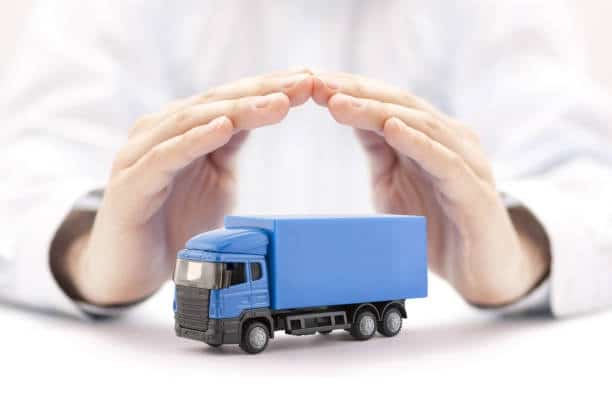
Successful customs clearing procedure demands importers to provide several essential documents.
- Bill of Lading
- Commercial Invoice
- Packing List
- Customs Bond for delivering shipments valued more than $2,500.
- Children’s Product Certificate (CPC)
- FDA & FCC Certifications (for electronic toys)
The staff customs brokerage department takes full responsibility for handling documentation to enable smooth customs clearance.
Conclusion
To import baby toys and inflatable toys from China and other countries , the toy business needs thoughtful preparation with a sourcing agent for their target market while considering the challenges involved in importing toys together with all necessary regulations including value added tax, while maintaining efficient product transport systems. The importation of educational toys into the US requires complete adherence to CPSIA and ASTM F963 safety requirements together with electronic toy compliance standards.
helps businesses manage toys wholesale imports through simplified measures, premium product acquisition with the right manufacturer that meets international standards , and effortless customs procedures. provides global toy importers with supply chain management expertise that establishes the company as their preferred logistics service provider.
